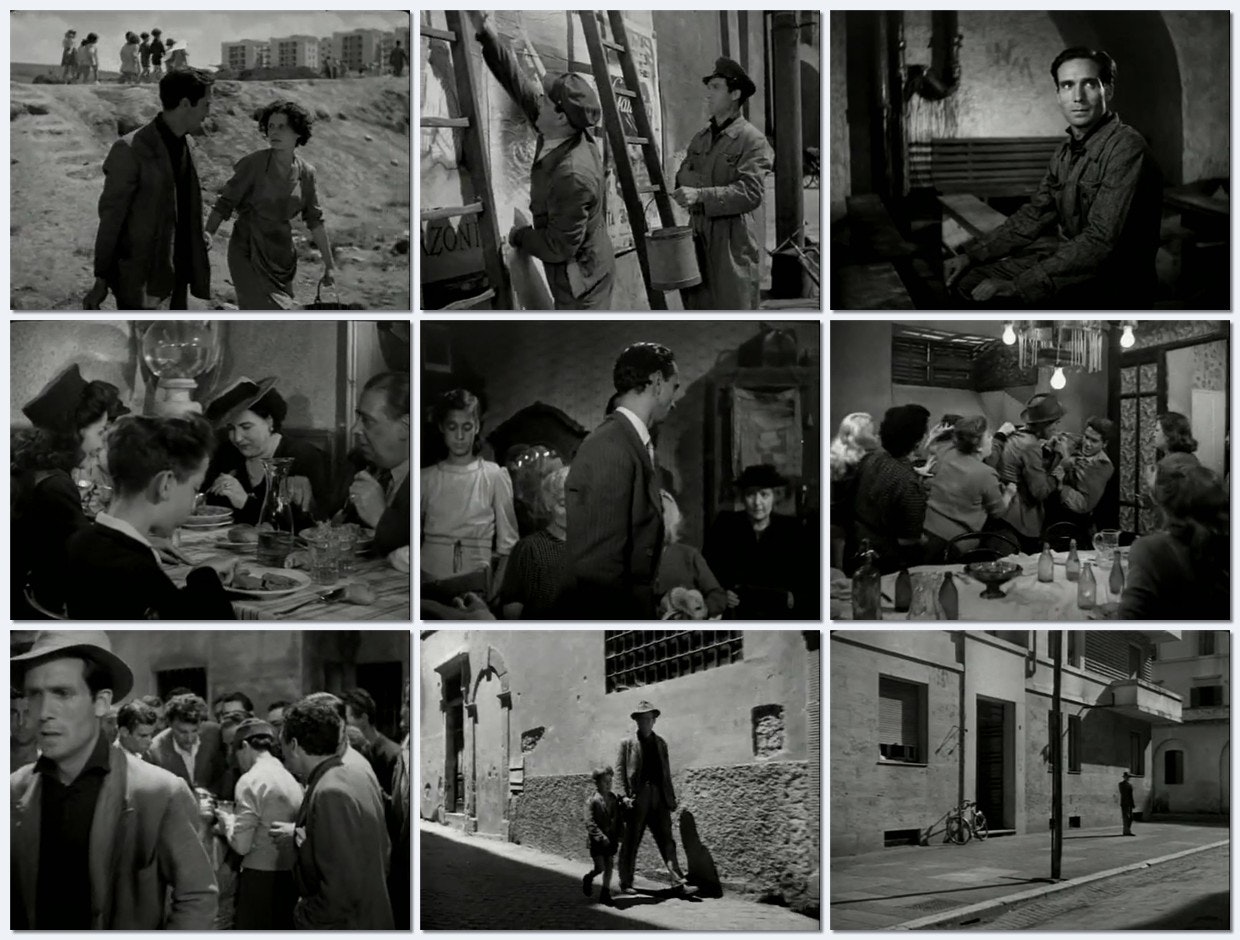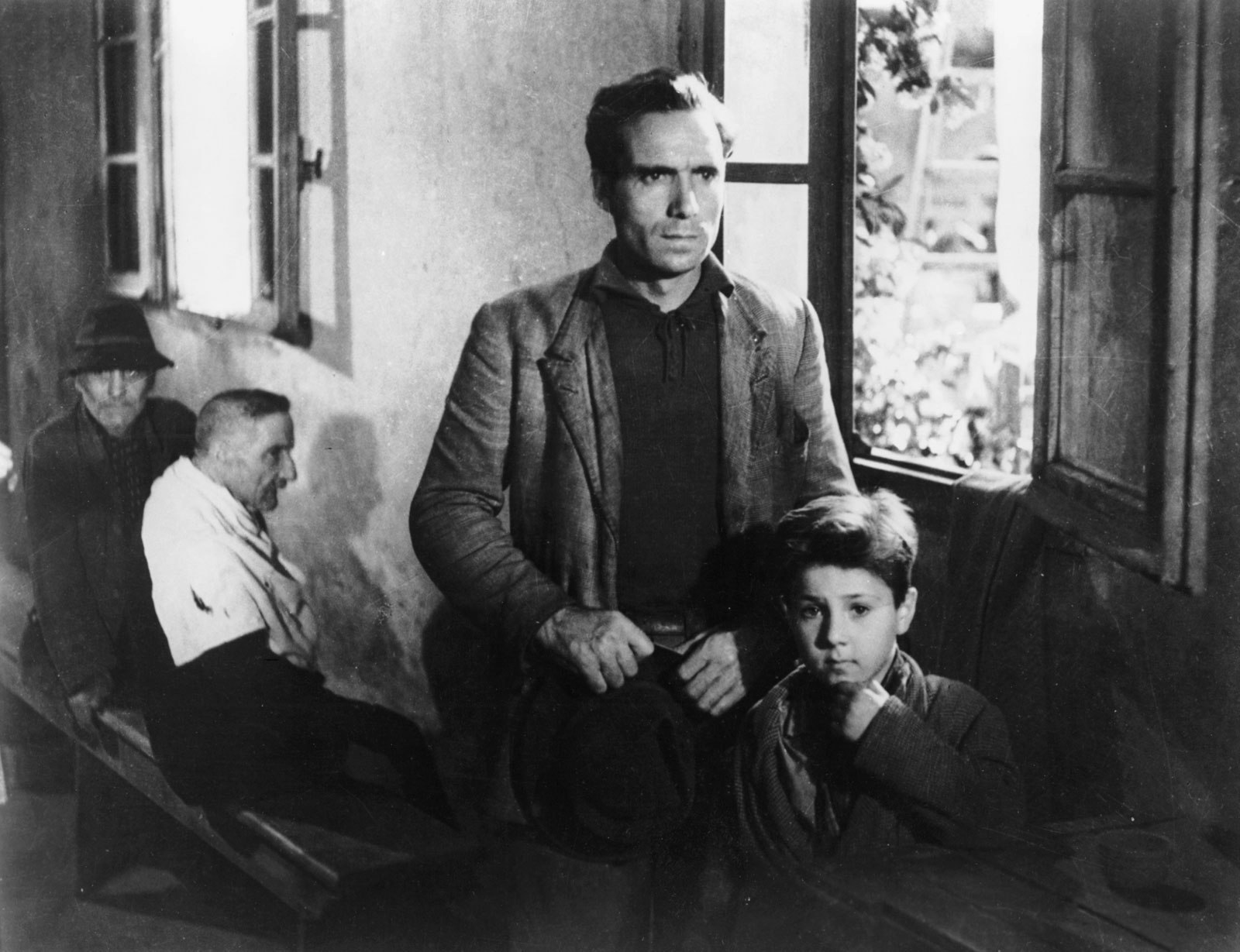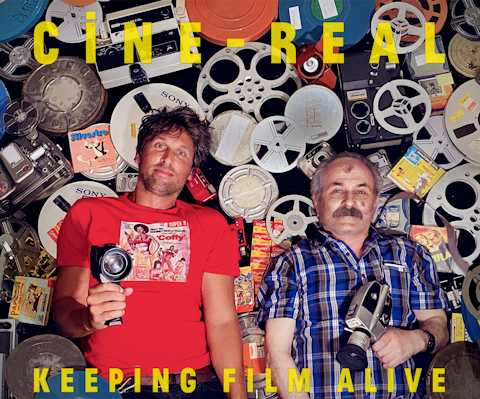THE BICYCLE THIEVES (1948)
THE BICYCLE THIEVES (1948)
Neorealism never got more real than in Vittorio de Sica's 1948 classic Ladri di Biciclette, or Bicycle Thieves - occasionally mistranslated as "The Bicycle Thief", though the plural is surely crucial. It turns out that there are two thieves: one at the movie's beginning, another at its end. This study of poverty in postwar Rome is now revived in cinemas as a somewhat astringent Yuletide treat. For me, it is as unbearable as any horror film.
Antonio (Lamberto Maggiorani) is a poor man who is thrilled when he is at last offered a job: delivering and putting up movie posters. But he needs a bicycle, and must supply his own, so his wife Maria (Lianella Carelli) pawns the family's entire stock of bed linen to redeem the bicycle he had already hocked. On his first day at work, the unlocked machine is stolen and Antonio drops everything to go on a desperate odyssey through the streets of Rome with his little boy Bruno (Enzo Staiola) to get his bike back, pleading and accusing and uncovering scenes of poverty similar to theirs wherever they go. They create uproar in classic crowd moments: in the streets, in a market, in a church mass. Faces always gather avidly around the pair, all commenting, complaining and generally magnifying the father and son's distress and mortification.

This is a story that magnificently withholds the comic or dramatic palliatives another sort of film might have introduced. Antonio and Bruno are a world away from Chaplin and his Kid. The son is the intimate witness of the father's humiliation, his inadequacy as a provider. The scenes at the beginning of the film, when Antonio casually leaves his bicycle unlocked but it remains for the moment miraculously unstolen, have to be watched through your fingers.
Antonio seems unable or unwilling to embrace the obvious redemptive moral - that his son is the important possession, not the wretched bicycle - and De Sica is unwilling to embrace it either, perhaps precisely because it is too obvious, or because this moral is a luxury that only well-off people can afford. The father is obsessed with finding a stolen needle in the urban haystack, obsessed with getting his job back. Again and again, he ignores his little boy while scanning the horizon for his bicycle. At one stage, he hears an uproar from the riverbank about a "drowned boy". With a guilty start, he looks around. Do they mean Bruno? No: there he is, safe and sound.
But the lesson is not learned. He doesn't even hold Bruno's hand! And, in a later scene, we see the poor boy almost run over by a car because his father isn't looking out for him. Bruno's simple physical survival is the movie's secret miracle, and he is finally to be his father's saviour, but in such a way as to render Antonio's humiliation complete. This is poverty's authentic sting: banal and horrible loss of dignity. Bicycle Thieves is a brilliant, tactlessly real work of art.

NOTES
The Bicycle Thieves (Ladri di Biciclette) is an Italian Neorealist film directed by Vittorio De Sica, with the screen play by Cesare Zavattini and shot in 1948. Neorealism, as a term, means many things, but it often refers to films of working class life, set in the culture of poverty, and with the implicit message that in a better society wealth would be more evenly distributed. Set in poverty stricken post-war Rome, the stories of the poor were close to De Sicca’s heart, he himself was born into poverty and only managed to escape through a career as a theatre and then film actor. De Sica’s first films as a director were light comedies like the ones he often worked in. However, maybe due to the harsh realities of World War II, his 1942 film "The Children are Watching," had mush more depth and sensitivity than his earlier work.
When De Sica was looking for a producer to finance his film, he finally found one, but on condition that the workman was played by Cary Grant. The mere statement of the problem in these terms shows the absurdity of it. Actually, Cary Grant could play that kind of part extremely well, but it is obvious that the question here is not one of playing of a part but of getting away from the very notion of doing any such thing, The worker had to be at once as perfect and as anonymous and as objective as his bicycle.
Creation from limitation
De Sica famously used non-actors, in location. Not one scene shot in a studio. Everything was filmed in the streets. As for the actors, none had the slightest experience in theater or film. The workman came from the Breda factory, the child was found hanging around in the street, the wife was a journalist.
In his journals, Cesare Zavattini writes about how he and De Sica visited a brothel to do research for the film, and later the rooms of the Wise Woman, a psychic, who inspires one of the film's characters. De Sica hunted for his cast for a long time and selected them for specific characteristics. Natural nobility, that purity of countenance and bearing that the common people have… He hesitated for months between this person and that, took a hundred tests only to decide finally, in a flash and by intuition on the basis of a silhouette suddenly come upon at the bend of a road.
With the disappearance of the concept of the actor into a transparency seemingly as natural as life itself, comes the disappearance of the set. Now De Sica's film took a long time to prepare, and everything was as minutely planned as for a studio superproduction, which, as a matter of fact, allows for last minute improvisations. Nevertheless, the numbering and titling of shots do not noticeable distinguish Ladri di Biciclette from any ordinary film. But their selection has been made with a view to raising the lucidity of the event to a maximum, while keeping the index of refraction from the style to a minimum.
Cinematography
The long, drawn-out takes add to the feeling of desperation and fear that Antonio faces in his pursuit of finding his bike. Bicycle Thieves can feel like a documentary in it’s subject matter, and though the cinematography is unpretentious it is incredibly beautiful. Bazin (who is regarded as one of the most important or influential writer on cinema and was a co-founder of the French film review "Cahiers du cinéma") stated that the film was "pure cinema"; that it tells a simple story composed of "real" events involving "real" people in "real" places. The truth of its extraordinary emotional impact is another element of the story's purity.
"The Bicycle Thief" had such an impact on its first release that when the British film magazine Sight & Sound held its first international poll of filmmakers and critics in 1952, it was voted the greatest film of all time.
